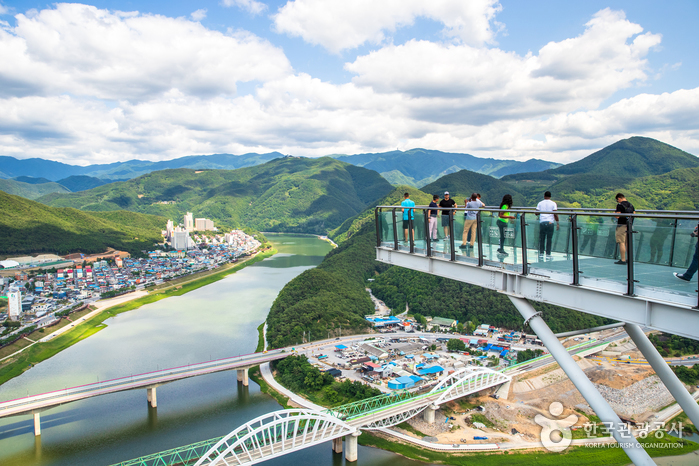Skywalk Mancheonha (만천하 스카이워크)
19.8Km 2025-03-17
10, Otbaui-gil, Jeokseong-myeon, Danyang-gun, Chuncheongbuk-do (충청북도 단양군 적성면 옷바위길 10)
Le skywalk Mancheonha de Danyang se situe à environ 80-90 mètres au dessus du fleuve Namhan et constitue une attraction majeure de la ville pour apprécier la nature environnante mais aussi du centre-ville. Il est également possible de profiter de différentes activités sur place comme de la tyrolienne.

 Français
Français
 한국어
한국어 English
English 日本語
日本語 中文(简体)
中文(简体) Deutsch
Deutsch Español
Español Русский
Русский